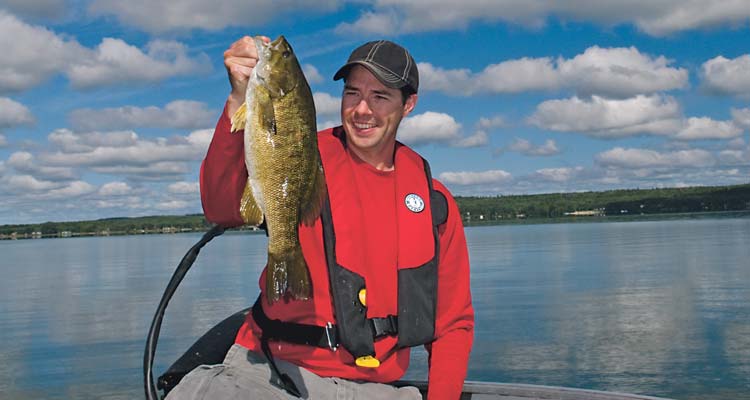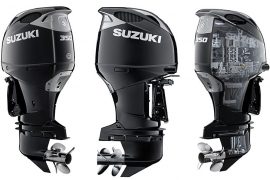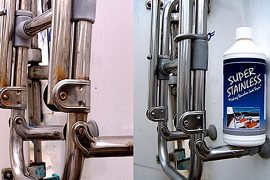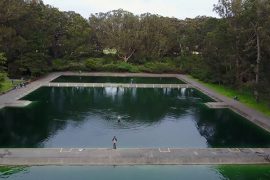
When the water warms up, smallies spread out, but the right techniques around the right structure will help you track them down quickly.
Smallies have a quick trigger compared to largemouths. They overtake plugs faster and hit harder; once hooked, they leap higher. And, even though smallies prefer rocky structure, the species doesn’t limit its whereabouts as much as largemouths. They move around in a lake or reservoir more extensively and frequently than largemouths.
If you pinpointed the summer whereabouts of smallmouth bass, you would see that they are a fish of great extremes. In Round Valley Reservoir, we catch them at sundown in a foot or two of clear water, and I’ve heard of them taken in 90 feet of water by fishermen looking for lake trout. The smallmouth’s wide range of habitats in the summer can make it challenging to find, but if you check specific structures in a variety of depths, you’ll stay on the smallie bite all summer long.

Deeper Than 25 Feet
Mid-reservoir humps produce especially well during the summer months. A large percentage of smallies avoid warmer temperatures by positioning 25 to 35 feet deep. Bass also retreat to these humps to escape fishing pressure, because the offshore spots are harder to find and fish.
I was fishing on Merrill Creek Reservoir with Fred Matero under bluebird skies, and knew about an extensive shelf-like point extending for a quarter-mile from shore before sinking to 20 feet deep. The point drops off to 35 feet, slightly more sharply than most of the relatively steep shorelines. Rather than involve my friend in a wild goose chase, we stuck close to shore and lost a few bass. Guys we met in passing caught nothing. Heading back to the ramp, we noticed two anglers in a boat far from shore, fishing one of two small humps, each about 30 to 35 feet deep. We spoke to another…





